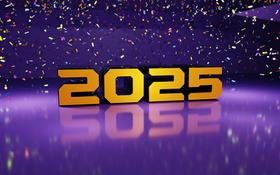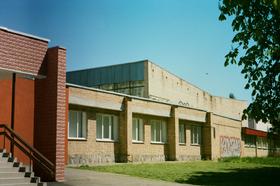For the 2025-26 school year, there are 3 public schools serving 1,316 students in 28305, NC (there are 1 private school, serving 142 private students). 90% of all K-12 students in 28305, NC are educated in public schools (compared to the NC state average of 92%).
The top ranked public schools in 28305, NC are R Max Abbott Middle School and Margaret Willis Elementary School. Overall testing rank is based on a school's combined math and reading proficiency test score ranking.
Public schools in zipcode 28305 have an average math proficiency score of 31% (versus the North Carolina public school average of 51%), and reading proficiency score of 45% (versus the 50% statewide average). Schools in 28305, NC have an average ranking of 3/10, which is in the bottom 50% of North Carolina public schools.
Minority enrollment is 74% of the student body (majority Black), which is more than the North Carolina public school average of 57% (majority Black and Hispanic).
Best 28305, NC Public Schools (2025-26)
School
(Math and Reading Proficiency)
(Math and Reading Proficiency)
Location
Quick Facts
Rank: #11.
R Max Abbott Middle School
(Math: 33% | Reading: 47%)
Rank:
Rank:
4/
Bottom 50%10
590 Winding Creek Road
Fayetteville, NC 28305
(910) 323-2201
Fayetteville, NC 28305
(910) 323-2201
Gr: 6-8 | 726 students Student-teacher ratio: 16:1 Minority enrollment: 73%
Rank: #22.
Margaret Willis Elementary School
(Math: 20-24% | Reading: 30-34%)
Rank:
Rank:
2/
Bottom 50%10
1412 Belvedere Avenue
Fayetteville, NC 28305
(910) 484-9064
Fayetteville, NC 28305
(910) 484-9064
Gr: PK-5 | 323 students Student-teacher ratio: 12:1 Minority enrollment: 88%
Rank: n/an/a
1610 Westlawn Avenue
Fayetteville, NC 28305
(910) 484-0194
Fayetteville, NC 28305
(910) 484-0194
Gr: K-1 | 267 students Student-teacher ratio: 14:1 Minority enrollment: 61%
Frequently Asked Questions
What are the top ranked public schools in 28305, NC?
The top ranked public schools in 28305, NC include R Max Abbott Middle School and Margaret Willis Elementary School.
How many public schools are located in 28305?
3 public schools are located in 28305.
What percentage of students in 28305 go to public school?
90% of all K-12 students in 28305 are educated in public schools (compared to the NC state average of 92%).
What is the racial composition of students in 28305?
28305 public schools minority enrollment is 74% of the student body (majority Black), which is more than the North Carolina public schools average of 57% (majority Black and Hispanic).
Recent Articles

Texas Schools Enrollment Trends & Policy in 2025
Latest data and policy changes on Texas public school enrollment growth, funding, and virtual education in 2025.

Financial Aid & Hidden Costs in Public Schools
Learn about financial aid and hidden costs in public schools. Discover what parents should budget for beyond tuition-free education.

NYC Schools Still Most Segregated in 2025
Despite reforms, New York City schools remain the most segregated in the U.S. in 2025. Here’s what parents and educators need to know.
